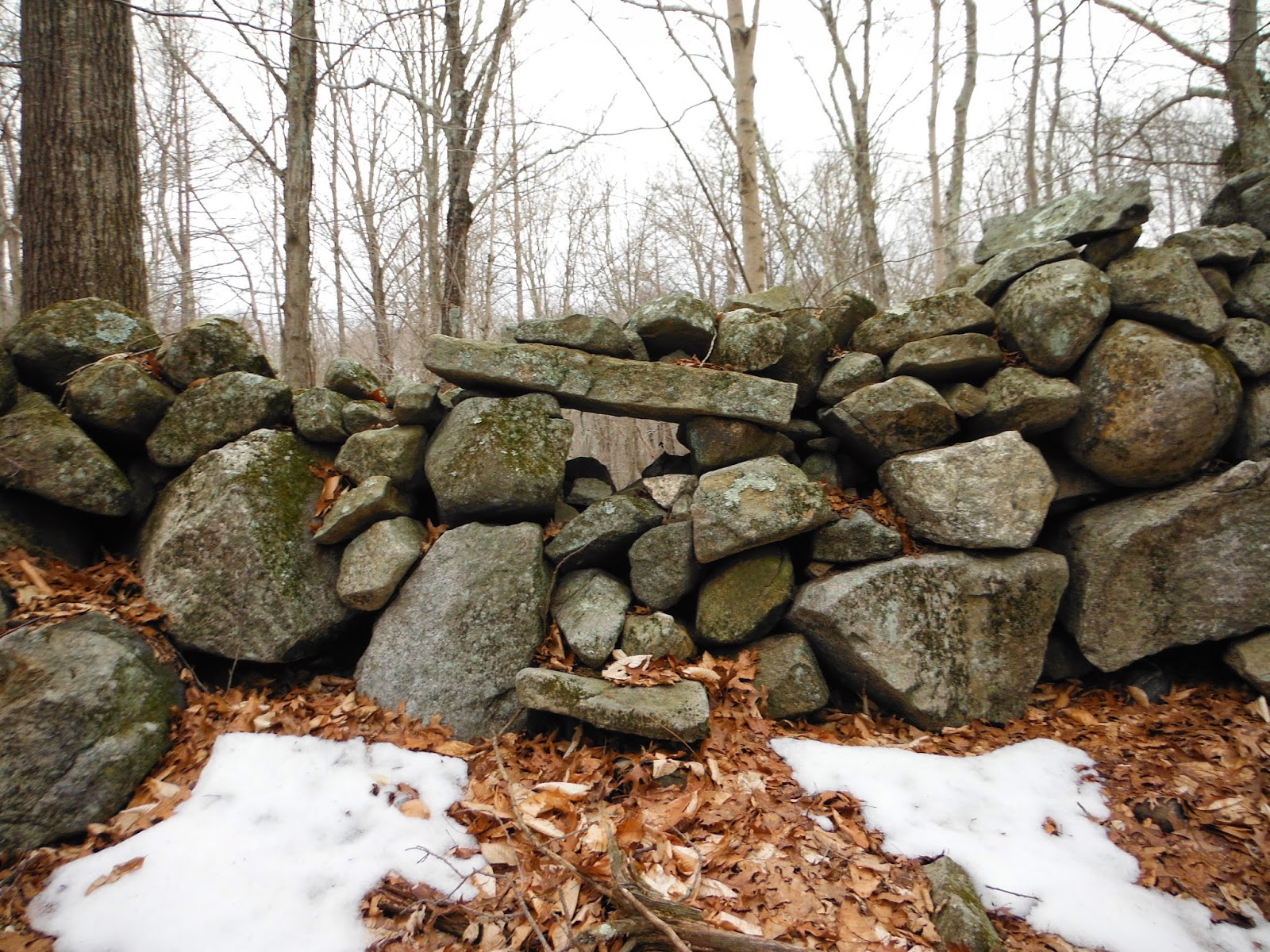Or “Whodunnit?”
Quite quickly, I find myself in a Cultural Trap as I
try to describe that photo above. I recognize that some of that trap is of my
own making, as I stumble about looking for some truth about what that element
in the greater stone structure might or might not be, just as much as I
conjecture what that concentration of stones it is incorporated into also might
or might not be. There are certain words I try to avoid, certain words I try to
be Culturally Competent about, and a great number of words I wish I knew – it would
be so much easier if I knew the words for these things, as spoken by the
builders of the stone thing.
And my cultural upbringing places the phrase “Whodunnit?”
in my brain, as if I was solving a murder mystery and that “window in that wall,”
another phrase I was trying to avoid from my cultural upbringing that allows me
to convey an easily understandable concept, was a clue.
Let’s start the “Whodunnit” here: I was driving up
the road when, out of the corner of my eye, a big stone wall caught my attention.
Well, right there the cultural trap begins. I was headed north, so of course I
said “up,” “corner of my eye’ is really an expression for something seen in one’s
peripheral vision, and a stone wall in these parts usually means a stone fence
built sometime around or after European Colonization/Invasion – in these parts,
after the Pequot/Puritan War of 1637.
And I’ll recognize my own bias, as well as a
historical bias, and an effort to be culturally aware as I strive to include
whatever exactly it is I am trying to include in that last little fragment of
the last sentence. One group’s Colonization is another group’s Invasion; whose
name gets attached to a war, these days, usually is more a matter of public
relations, and other writer’s have chosen one variation of either phrase for
that war, so I’ll just stick in both with a forward slash because that’s a
whole other “Whodunnit?” still being debated. I’ll try to stick to the debate
that could be represented by these two quotations: “(T)he pre-European stage (of
stone wall building)…was characterized by the absence of stone walls (Thorsen,
page 96 of Exploring Stone Walls),” and “(C)ertainly not all rock piles and
formations (such as stone walls etc.) are Anglo-American in origin…(A)rchaeologists
have a good idea of the diagnostic characteristics of stone piles and stone
walls related to European farming. We now need to get a handle on the
distinctive traits of indigenous sacred rock sites (Lavin, page 298 of
Connecticut’s Indigenous Peoples).”
At this point, in this “Whodunnit?” that I’m
presenting, the jury has not entered a verdict, and the Defense Team asks the
jury to consider the next sentences following that first quotation: “There were,
however, specific stone structures, including monuments, weirs, local storage
facilities, barricades, and burial mounds. They were built by pre-European
inhabitants, almost certainly the Native American, largely Algonquian stock
that has lived on this continent from sometime after deglaciation.” There’s
your “Shadow of a Doubt” element coming into play. The jury finds the statement
just a little contradictory. Perhaps the Attorney for the Defense asks, “By ‘barricade,”
do you perhaps mean a device like a “game drive?” as he or she brings forth
photos of an ancient game drive found recently under the waters of one of the Great
Lakes:
(Image: O’Shea et al./PNAS) see: http://www.newscientist.com/article/dn17275-stone-age-hunting-traps-found-deep-in-great-lakes.html
(More examples: http://wakinguponturtleisland.blogspot.com/search?q=game+drive )
Maybe then the courtroom bursts out in a hub-bub, so
we never hear the answer as the Judge pounds his gavel, saying “Order in the
Court!”
In a “Whodunnit?” movie or TV show, after a little
suspenseful burst of music (and a large commercial break, in the case of a TV
show), the next scene would probably be a return to the Scene of the Crime, so
here goes. It’s a return visit so now I’m heading in from the north, a view
from the air as we travel “down:”
(To be continued...)





No comments:
Post a Comment